

Terracotta's Soldiers (
pict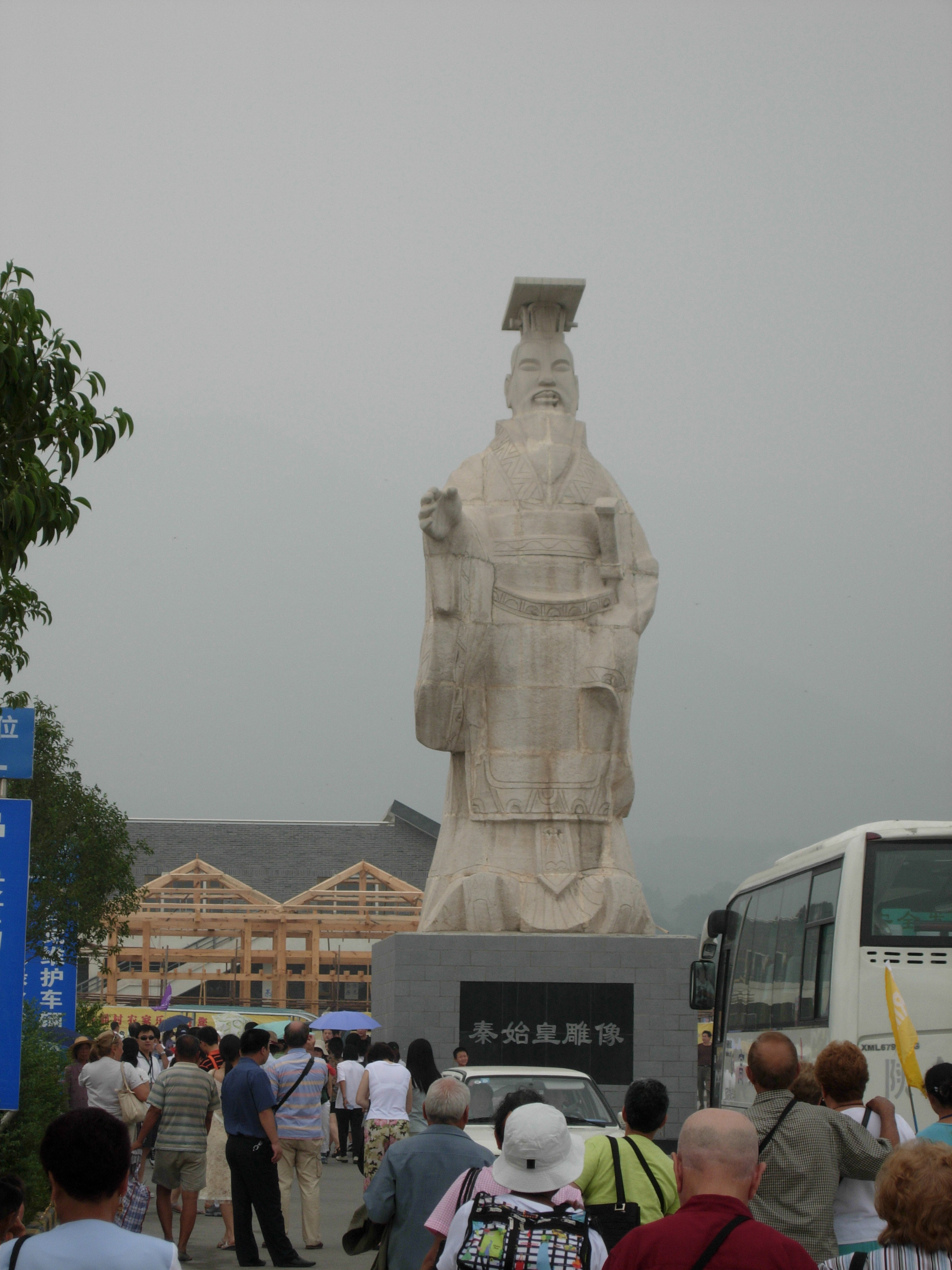 ures
by Mark A. Torres Aug. 2006)
ures
by Mark A. Torres Aug. 2006)
The
Terracotta Army was discovered in March 1974 by local farmers drilling water
well to the east of Mount
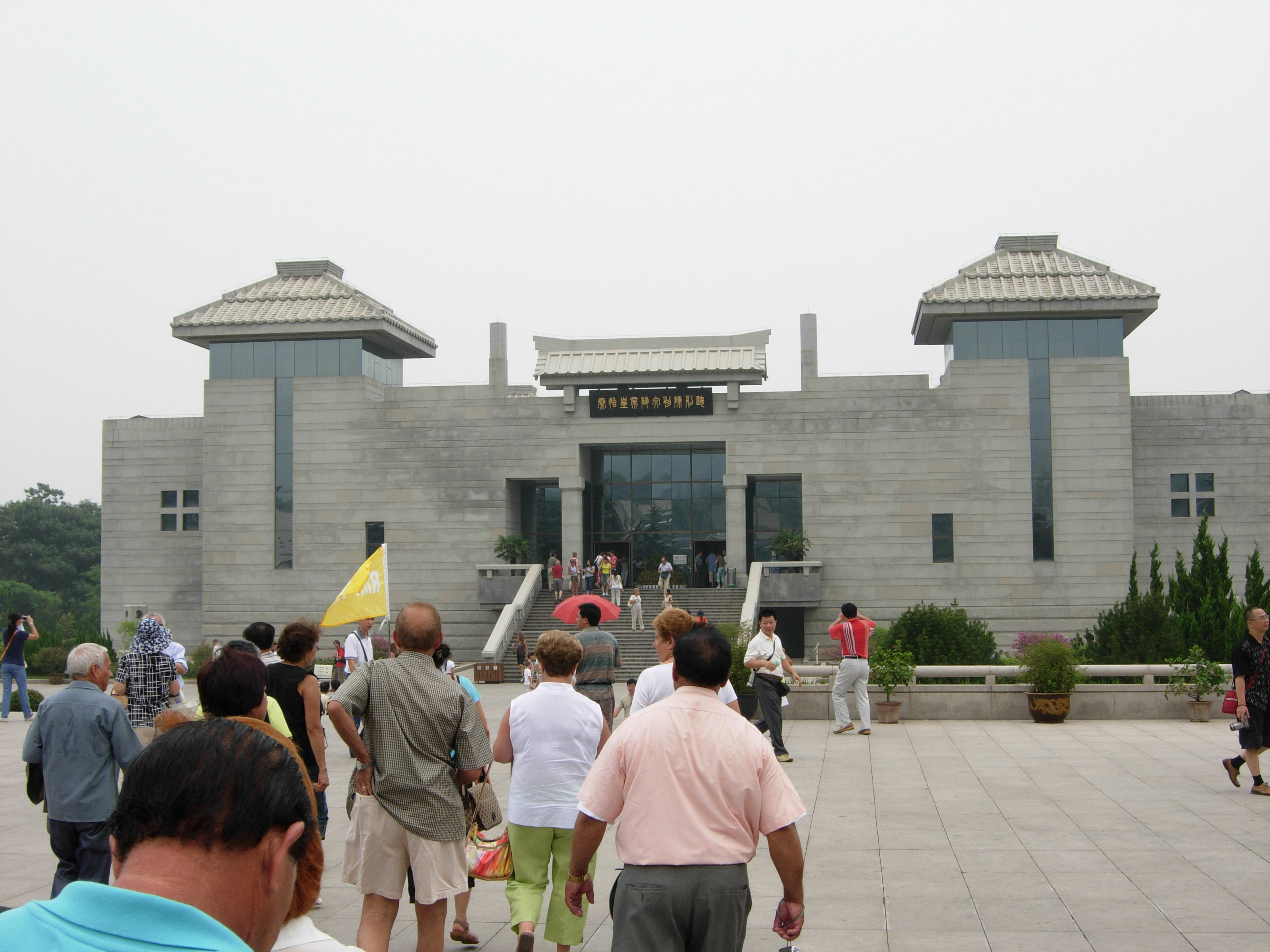 Lishan.
Mount Lishan is the name of the man-made necropolis of
the First Emperor of the Qin Dynasty; [Qin Shi Huang]. This is also where the
material to make the terracotta warriors was made, and found. Construction of
this mausoleum began in 246 BC and is believed to have taken 700,000
workers and craftsmen 38 years to complete. Qin Shi Huang was interred inside
the tomb complex upon his death in 210 BC. According to the Grand
Historian
Sima Qian, the First Emperor was buried alongside great amounts of treasure
and objects of craftsmanship, as well as
a scale replica of the universe complete with gemm
Lishan.
Mount Lishan is the name of the man-made necropolis of
the First Emperor of the Qin Dynasty; [Qin Shi Huang]. This is also where the
material to make the terracotta warriors was made, and found. Construction of
this mausoleum began in 246 BC and is believed to have taken 700,000
workers and craftsmen 38 years to complete. Qin Shi Huang was interred inside
the tomb complex upon his death in 210 BC. According to the Grand
Historian
Sima Qian, the First Emperor was buried alongside great amounts of treasure
and objects of craftsmanship, as well as
a scale replica of the universe complete with gemm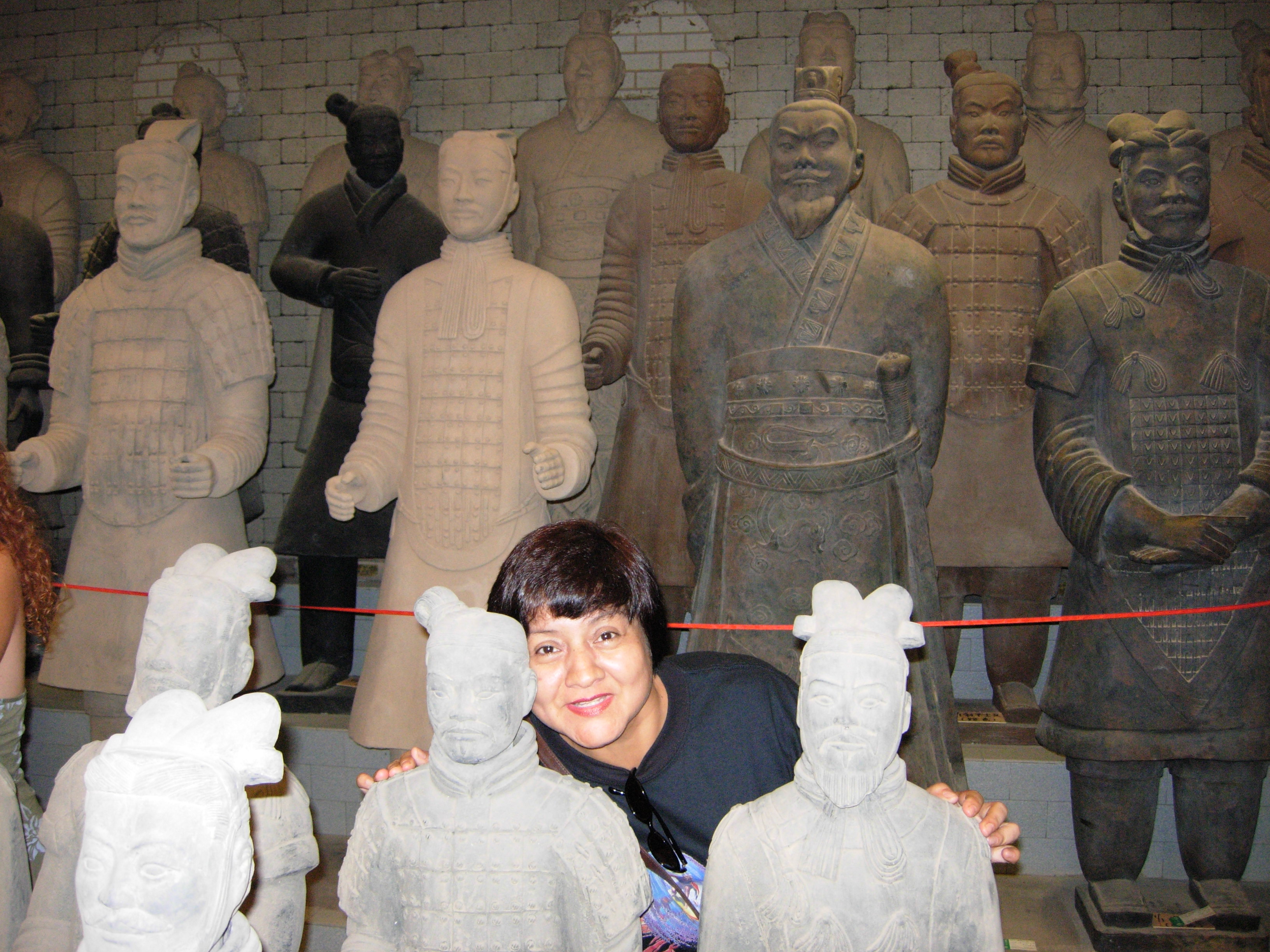 ed
ceilings representing the cosmos, and flowing mercury representing the
great earthly bodies of water. Pearls were also placed on the ceilings in the
tomb
to represent the stars and planets, etc. Recent scientific work at the site has
shown high levels of mercury in the soil of Mount Lishan, tentatively indicating
an accurate description of the site’s contents by Sima Qian.
ed
ceilings representing the cosmos, and flowing mercury representing the
great earthly bodies of water. Pearls were also placed on the ceilings in the
tomb
to represent the stars and planets, etc. Recent scientific work at the site has
shown high levels of mercury in the soil of Mount Lishan, tentatively indicating
an accurate description of the site’s contents by Sima Qian.
The tomb of Qin Shi Huang is
near an earthen pyramid 76 meters tall and nearly 350 meters square. The tomb
presently remains unopened and unfound. There are plans to seal-off the area
around the tomb with a special tent-type structure to prevent corrosion from
exposure to outside air. However, there
is at present only one company in the world that makes these tents,
and their largest model will not cover the site as needed.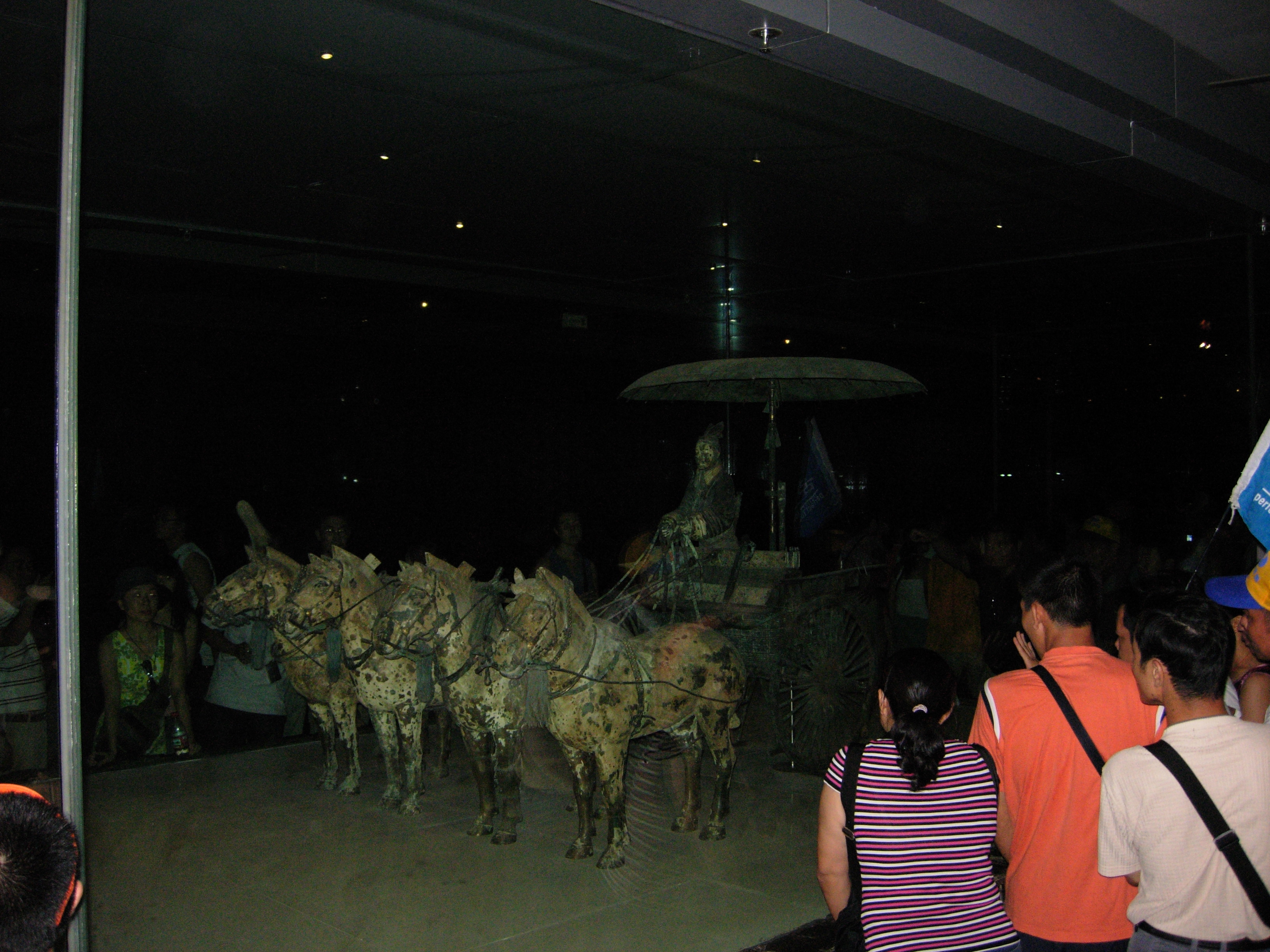
The tomb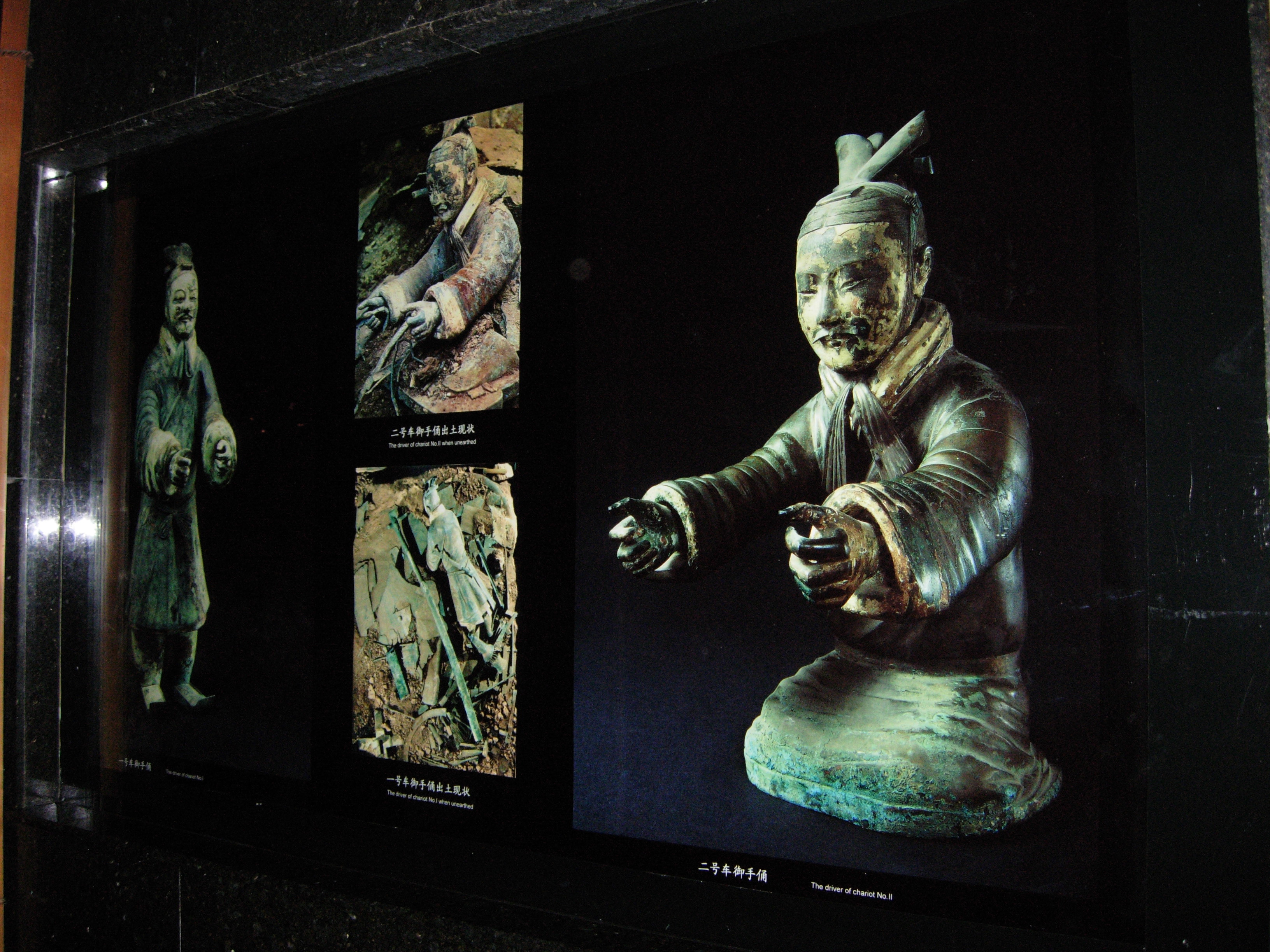 of Qin Shi Huang is
near an earthen pyramid 76 meters
tall and nearly 350 meters square. The tomb presently remains
unopened and unfound. There are plans to seal-off the area around the tomb with
a special tent-type structure to prevent corrosion from exposure to outside air.
However, there is at present only one company in the world that
makes these tents, and their largest model will not cover the site as needed.
of Qin Shi Huang is
near an earthen pyramid 76 meters
tall and nearly 350 meters square. The tomb presently remains
unopened and unfound. There are plans to seal-off the area around the tomb with
a special tent-type structure to prevent corrosion from exposure to outside air.
However, there is at present only one company in the world that
makes these tents, and their largest model will not cover the site as needed.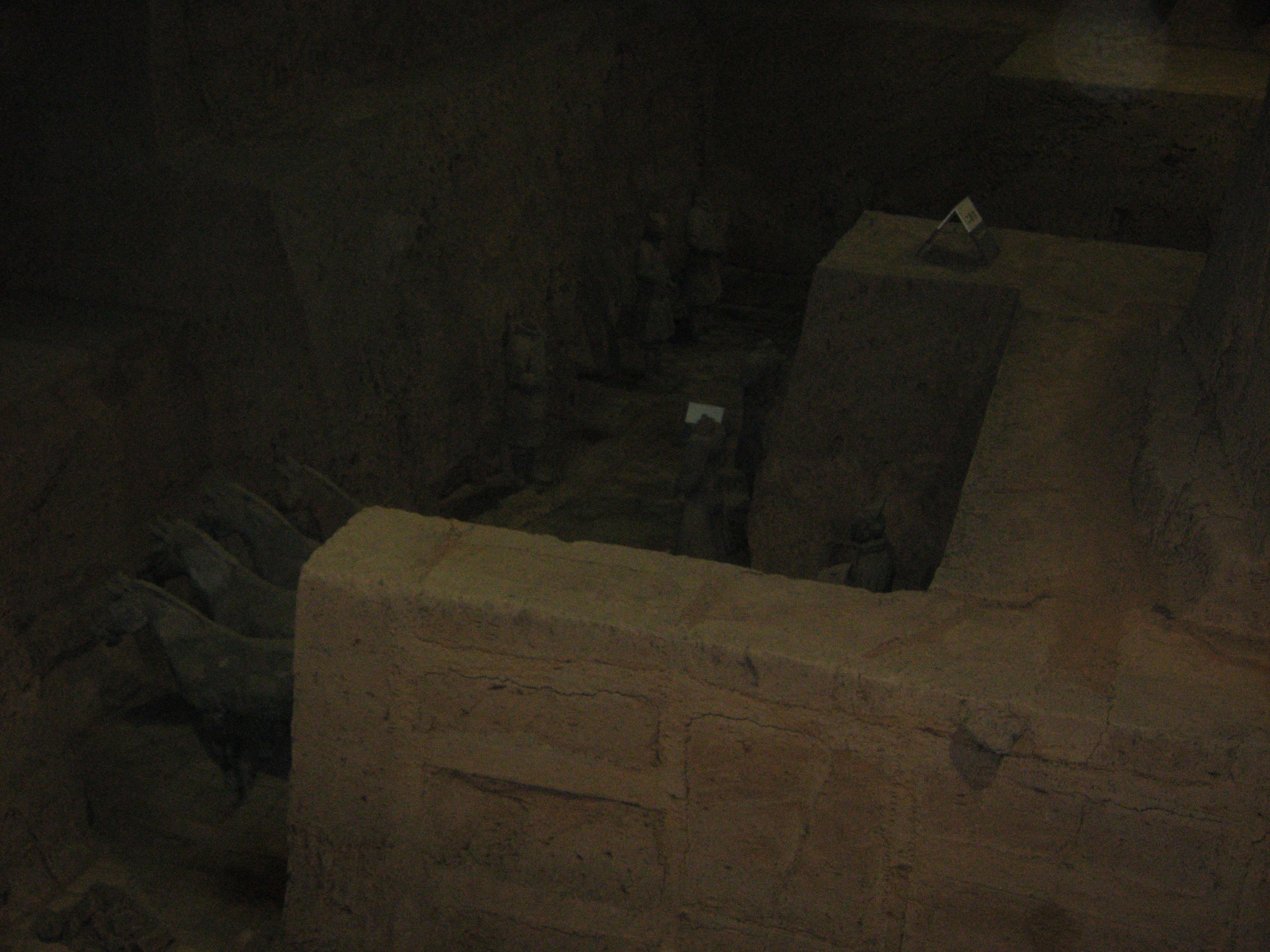
Qin Shi Huang’s necropolis complex was constructed to serve as an imperial compound or palace. It comprises several offices, halls and other structures and is surrounded by a wall with gateway entrances. The remains of the craftsmen working in the tomb may also be found within its confines, as it is believed they were sealed inside alive to keep them from divulging any secrets about its riches or entrance. It was only fitting, therefore, to have this compound protected by the massive terra
.
Inside Museum of Terracotta's Soldiers
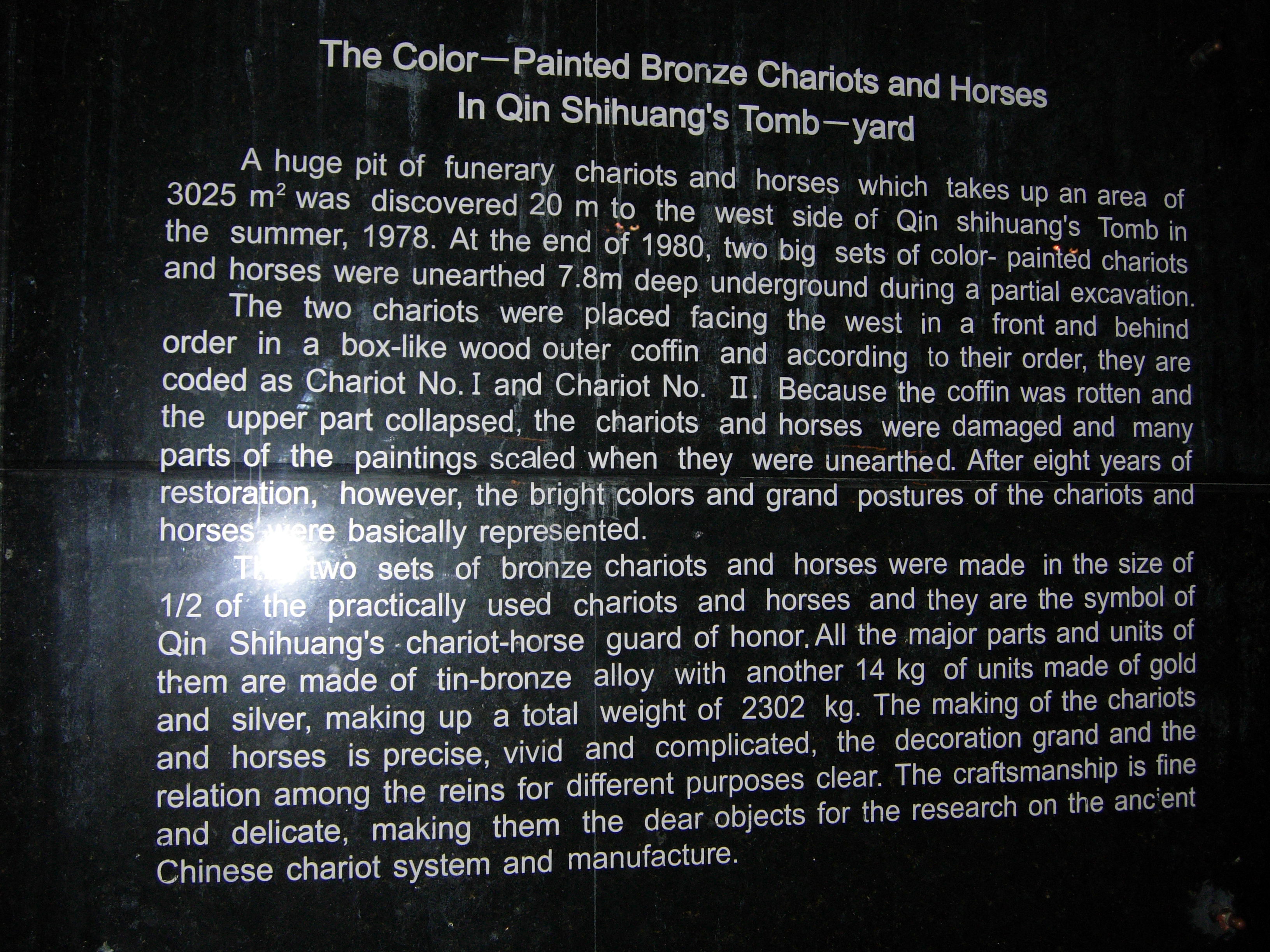
Pilgrimages Viajes Index Español English Index